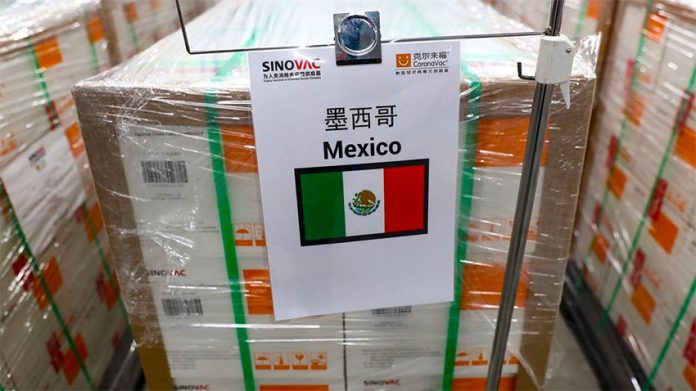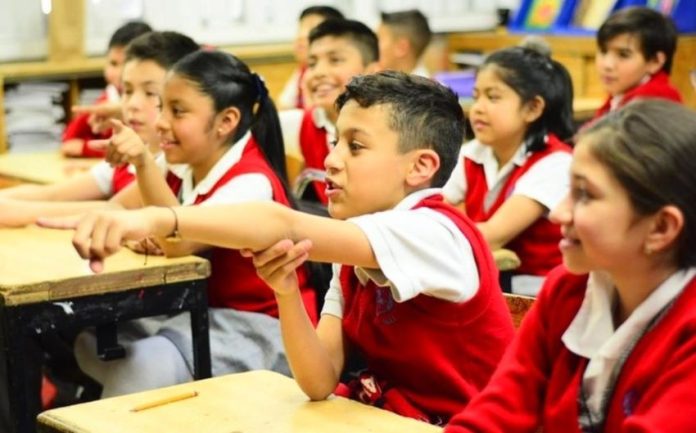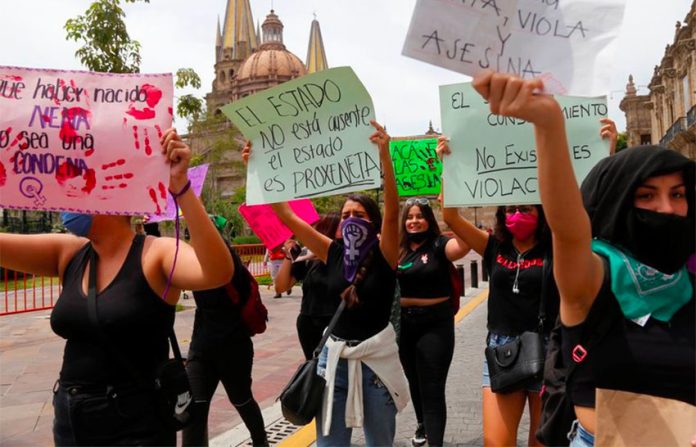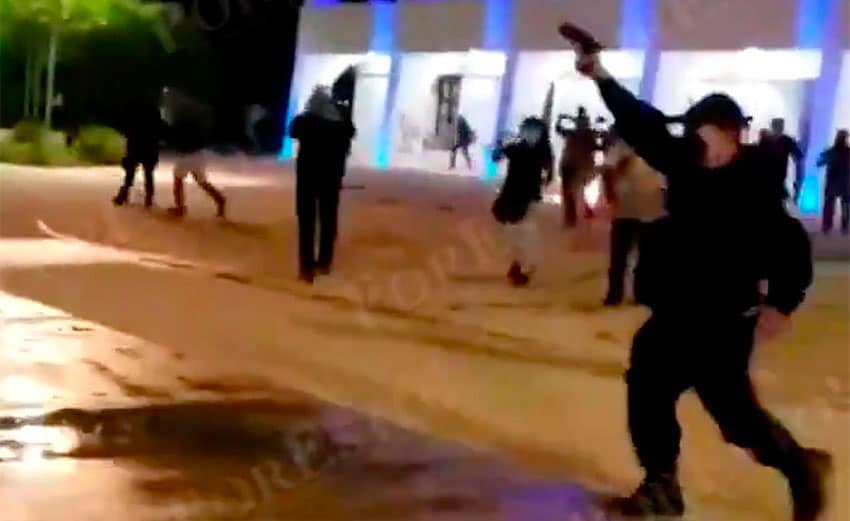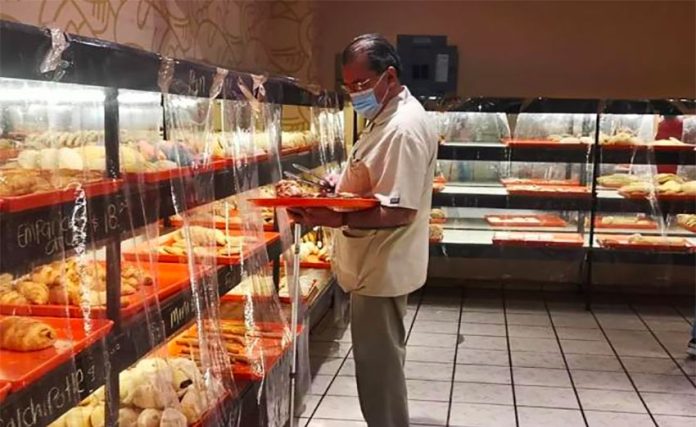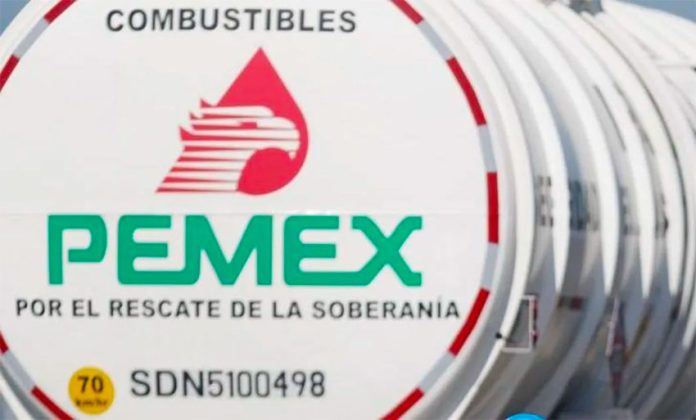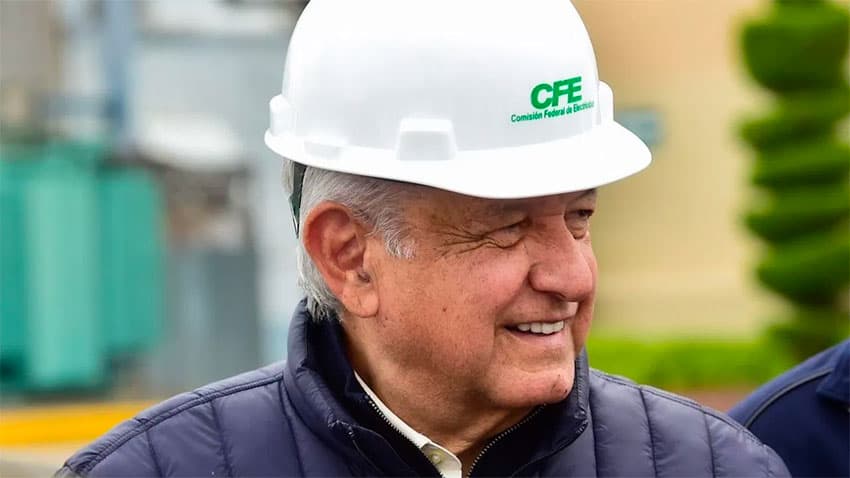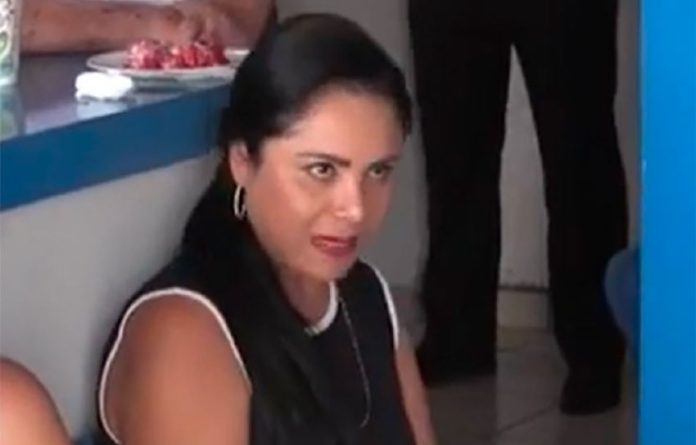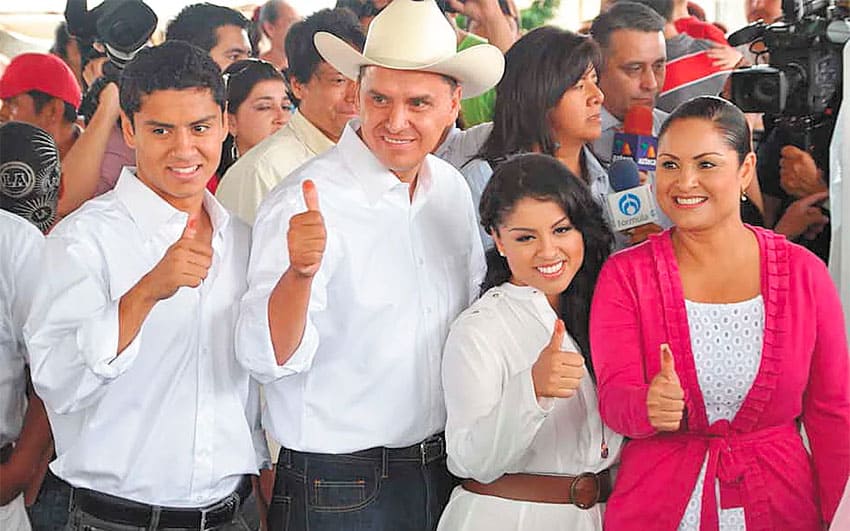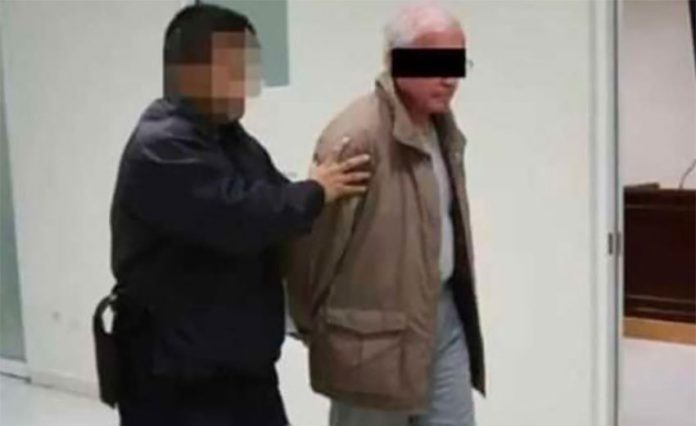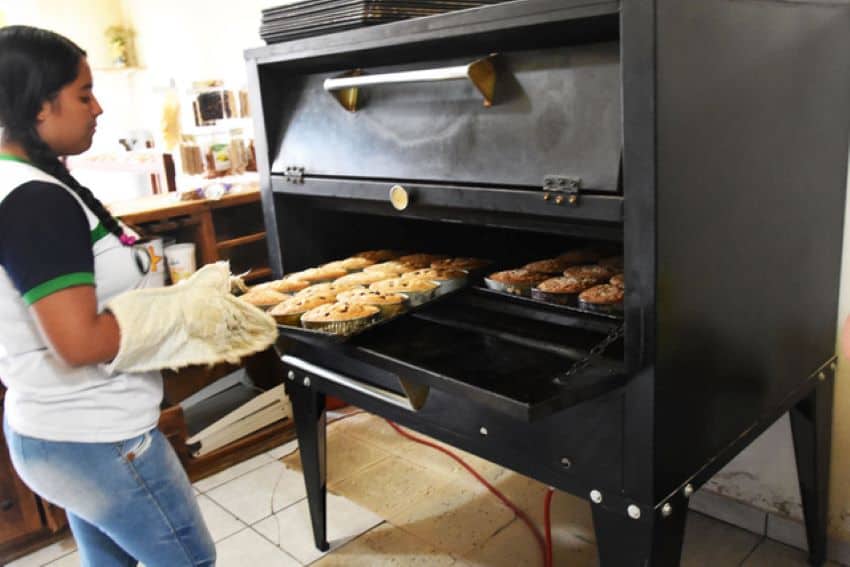Will our kids ever go back to school?
We’re getting very close to a year into the pandemic officially hitting Mexico. When it did, classes carried on for a couple of weeks with students’ temperatures being checked at the door. As coronavirus cases rose and showed no sign of improving, schools shut their doors.
Most of us assumed that kids would be out for a couple of weeks, maybe a month, while we “flattened the curve.” Hah!
When it was decided they wouldn’t return for the remainder of the semester, we wiped our brows, preparing for tough times. It was unimaginable at that point that we would get to the same date the following year and still have our children at home.
Little did we know that many private schools were closing for good (18,600 is the estimate a private school association gave) and that many teachers in the ones that managed to stay open would be receiving a fraction of their normal salaries because of lack of enrollment.
The National Association of Private Schools, in a show of frustration and gasping for breath, announced that private schools would reopen on March 1, with or without the Education Ministry (SEP), to which SEP replied, “I don’t think so.”
In the end, the SEP reported Monday that no private school actually heeded the call to reopen and thanked the educational institutions and students’ parents for having the patience to wait. This is all fine and good, but private schools closing is going to be a society-wide problem, and not simply one for those schools.
Around 15% of Mexican students attend private school. As you’ve probably guessed, many parents have not seen the point of paying for private schools at a time when students can’t attend them. Many parents have lost jobs and income and have been unable to keep their children attending even if they would have liked to.
Many of these students have started attending (virtual) public school, and others are simply not enrolled anywhere because they lack the tools to access the now-virtual systems being used. This is a tragedy, one that’s hitting each age group a different way, even for privileged students in the best of possible circumstances.
For students my daughter’s age (she’s in the first grade), there’s only so much they can learn online. Taking the best online classes and getting even a little out of it requires an attentive adult at their side, something that I am sure many lack. After all, chances are that if the parents can still pay for private school, they still have jobs that they presumably need to do even though their children are now home and needing much more attention.
While I have not seen the exact numbers for Mexico, I think it’s safe to assume that, like their counterparts around the world, women especially have left the workforce in droves in order to take on the role of full-time caregiver (and now teacher’s assistant) at home. Even before the pandemic, women were doing most of the domestic labor. The main difference now is that they’re not also earning money outside the home.
Regarding this point, the fact that I do not live with my child’s father has turned out to be a blessing for us both: we each get half a week in which we don’t need to worry about childcare. He has a set work schedule, so gets her mostly on weekends and one or two school days. And as a freelance writer and translator, I arrange my own work time as well as I can around my days with her.
But even with this gigantic benefit, it’s hard. It’s the best of circumstances, but we’re still in a pandemic in which emotional exhaustion, boredom and mental strife are running amok for everyone.
I often stop to think about single parents right now, who must be dealing with added financial strife and an extra layer of loneliness on top of the above. What are they doing? How are they doing it? Are they getting by? My own daughter has an extensive (for pandemic times) support system and social circle since what she’d normally have is now doubled.
Yet, even with all this, when I take her on our daily walk and she sees another child even within five years of her own age, she looks at them as if they were a giant ice cream cone in the middle of the desert. A playmate? She gets to have quite a lot of interaction with others compared to many, and yet she still longs for hours and hours with other children.
Elementary school students, however, at least want to hang out with their parents. My heart truly goes out to teenagers right now who under normal circumstances would be spending approximately 95% of their time avoiding being at home with their parents.
While much has been written about childhood mental health crises in the United States and other countries during the pandemic — much of it the result of closed schools — there has not been much about the topic here in Mexico. But that doesn’t mean it doesn’t exist.
For now, my fingers are crossed that students will be able to return to the classroom by the fall semester. So many countries have made reopening schools a priority, recognizing that students’ mental health is quite a bit weightier than the real risk of transmission in school. Could Mexican students safely return to the classroom before every state has been on “green” for over two weeks?
The U.S. Centers for Disease Control has released guidelines for reopening schools that include universal masking (check), social distancing (yikes — big classes, especially now in public schools), washing hands (we’ll need soap for the bathrooms), good ventilation (check, and maybe it could balance out the lack of distance), isolation/quarantine (yikes) and contact tracing (double yikes). The SEP and the Ministry of Health have announced guidelines for a return to classes in Mexico that might mean a hybrid setup, where students attend in-person classes every other day and do distance learning on the other days. They’re also talking about lots of temperature checks, social distancing, frequent handwashing and maybe parents having to submit a document promising that nobody in the family is currently displaying signs of Covid-19.
As terrible as the idea is for students, I think we’re going to wait for that green light. In the meantime, it would behoove the government to do what it could to help keep private schools open: we’re going to need them when it’s time to go back, especially if social distancing is to be reasonably expected. Can we also get teachers and school personnel listed as top priorities for vaccines, please?
Malls are open, restaurants are open, even lots of bars are open. Schools should have been the first priority at the expense of everything else, but there’s no time right now to be mad about it. It’s been a year, and we’re all exhausted. Let’s please try to get this right.
Our kids are counting on us.
Sarah DeVries is a writer and translator based in Xalapa, Veracruz. She can be reached through her website, sdevrieswritingandtranslating.com.
